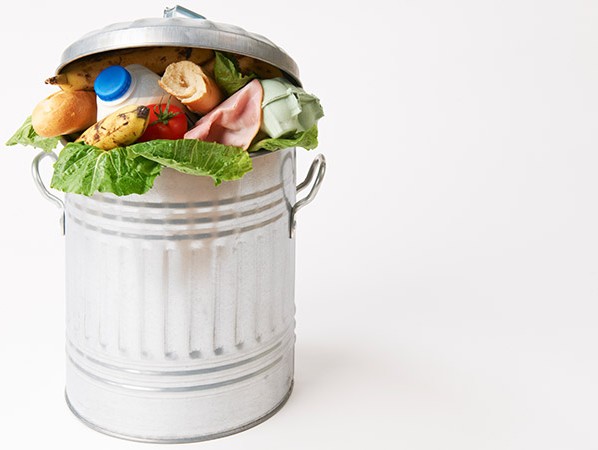
Food waste. There are plenty of initiatives to prevent it but, in practice, it is easier said than done. The objective of the foundation 'Samen Tegen Voedselverspilling' (Fighting Food Waste Together) is to reduce food waste in the Netherlands by 50 per cent and supporting the industry to make positive business cases more insightful and to implement them.
In Europe, over 20% of all food, amounting to approximately 89 million tons per year, is wasted within the chain. With this waste, we mean food that was meant for human consumption but which was not used for this purpose. Approximately 30% is lost in the agricultural sector and industrial processes, in the retail, food service, and hospitality sectors it is 17%, and the household food waste amounts to 53% (source: FUSIONS EU report March 2016). The problem of the loss and waste of food is high on the agenda worldwide. The goal of number 12 of the Sustainable Development Goals (SDGs) is to 'ensure sustainable consumption and production patterns', and SDG 12.3 focuses on halving the global food waste per capita by 2030. The Netherlands also committed to the SDG goal.
In 2016, food waste in the Netherlands ranged between 1.7 and 2.5 million tons. Thirty per cent is caused by the consumer. The recently launched foundation 'Samen Tegen Voedselverspilling' (STV) consists of a growing number of multinationals, SMEs, and startups that are jointly searching for ways to prevent food waste. The foundation's founding fathers are Wageningen University & Research, FoodTech Brainport, ThreeSixty in Veghel, and the Rabobank, and is supported by the Ministry of Agriculture, Nature, and Food Quality, the municipality Meierijstad, and the province of Noord-Brabant. The agenda of the foundation includes four lines of action: measuring the (reduction of) waste; chain innovation and solutions for the industry; activation of the consumer to reduce waste; and counteracting inhibiting legislation and changing the rules. The latter could include the strict legislation with regard to the utilisation of animal waste flows and private quality standards for fruits and vegetables. The prevention of food waste will not just result in huge social advantages but will also be highly profitable economically. It also creates a win-win situation for companies; they can comply with the corporate social responsibility goals while realising a sustainable return at the same time.
Companies that are affiliated with the STV first make an inventory of their own food waste - optionally together with chain partners or industry partners. How many waste flows can the company and/or chain identify, during which process, and where do these flows end up? In short: 'to what extent do I use my resources efficiently?'. When this has been done, there will be a session with experts during which possible business cases are reviewed to find ways to prevent or reduce losses and to utilise waste flows. When necessary, the STV provides innovation vouchers for a more in-depth perspective or more practice-oriented tests.
From agri-business to retailer, from food service organisation to the consumer; there are waste flows along the entire chain. It is a multifaceted issue with many different factors that are interlinked.
Some examples:
-The consumer doesn't want 'misshaped' fruits or vegetable, so these are not purchased by the retail sector. Bent cucumbers or apples with an ugly spot often don't even make it to the supermarket. In 2014, one of the supermarket chains introduced the product group called 'buitenbeentjes' – ‘misfits’ - misshaped products that can be bought at a reduced price. Other entrepreneurs use these vegetables to make new products such as soups and sauces.
-A buffet in a hotel must be lavish, cooled display counters with fresh products in supermarkets are restocked until late in the evening. Because of all these demands, a lot of food items are thrown away by the end of the day.
-In the potato industry, the production of chips results in a huge waste flow of potato peels. This flow often goes to the animal feed industry. But it is also possible to give this flow a higher value, for example by dividing the fibres and other components and use them for other purposes.
-Unsold bread from supermarkets is often processed to become animal feed. Upgrading old bread by turning it into spiced cakes and biscuits is an interesting trajectory. It gives good-quality and delicious products.
-One of the pioneers in the cultivation of insects on organic waste flows is Protix. These insects serve as food for chickens that provide the Oerei eggs, a brand that is now available at the Albert Heijn and Deen supermarkets, for example. Protix and Albert Heijn have been STV stakeholders from the start.
We are convinced and know from experience that there is a positive business case for the prevention and reduction of food waste and the utilisation of waste flows for nearly all circumstances. And though this may be hard to achieve alone, together we often manage.
Would you like to know more? Send an email to STV: [email protected]
Source: © Vakblad Voedingsindustrie 2019